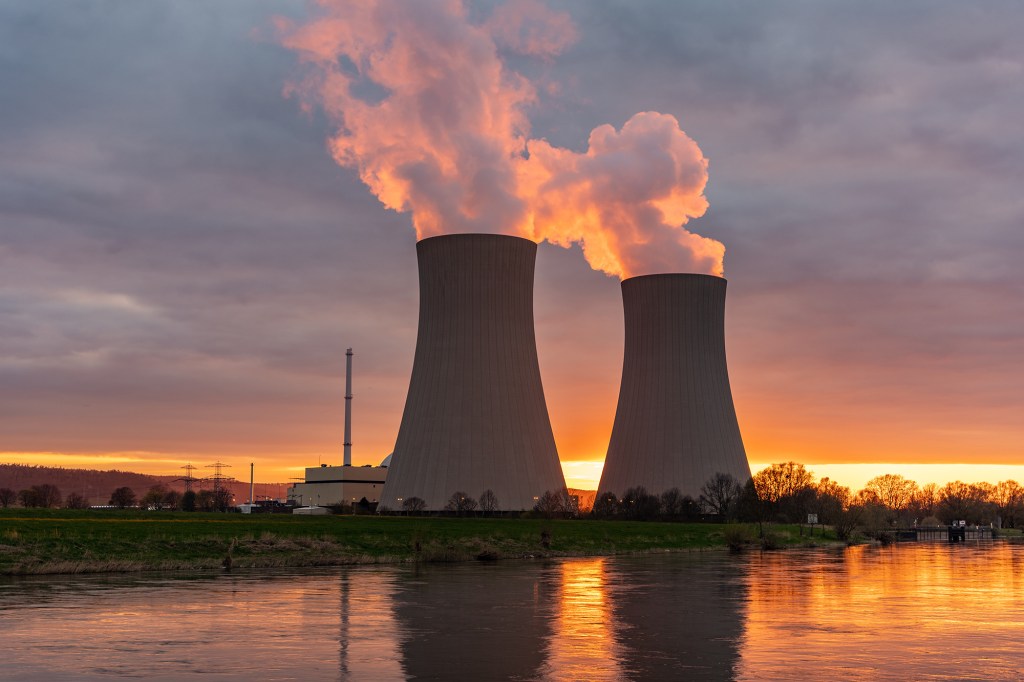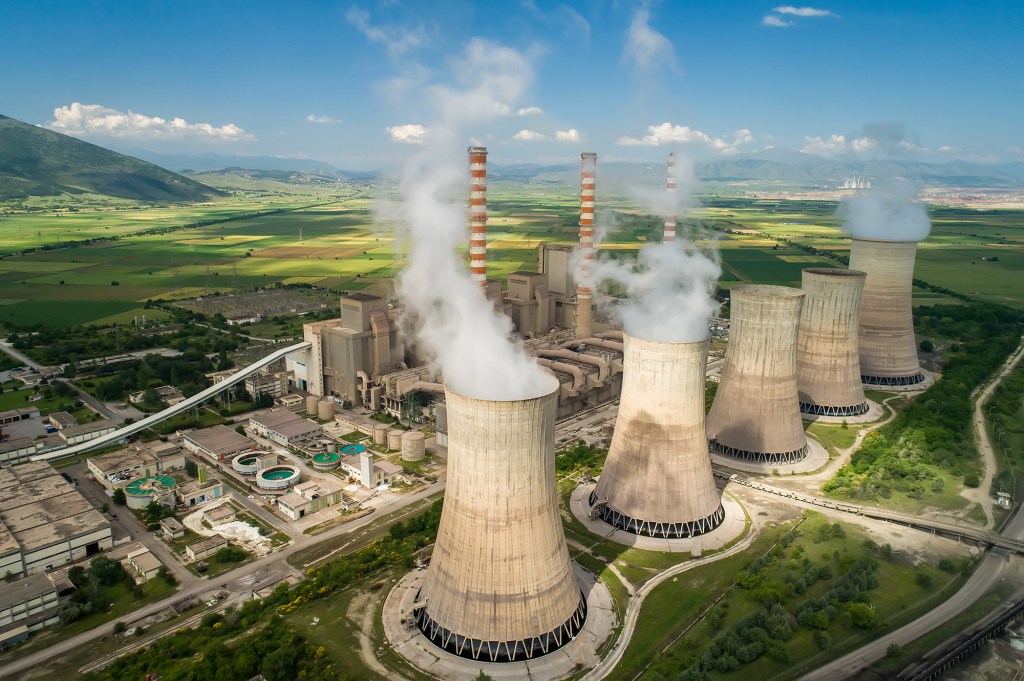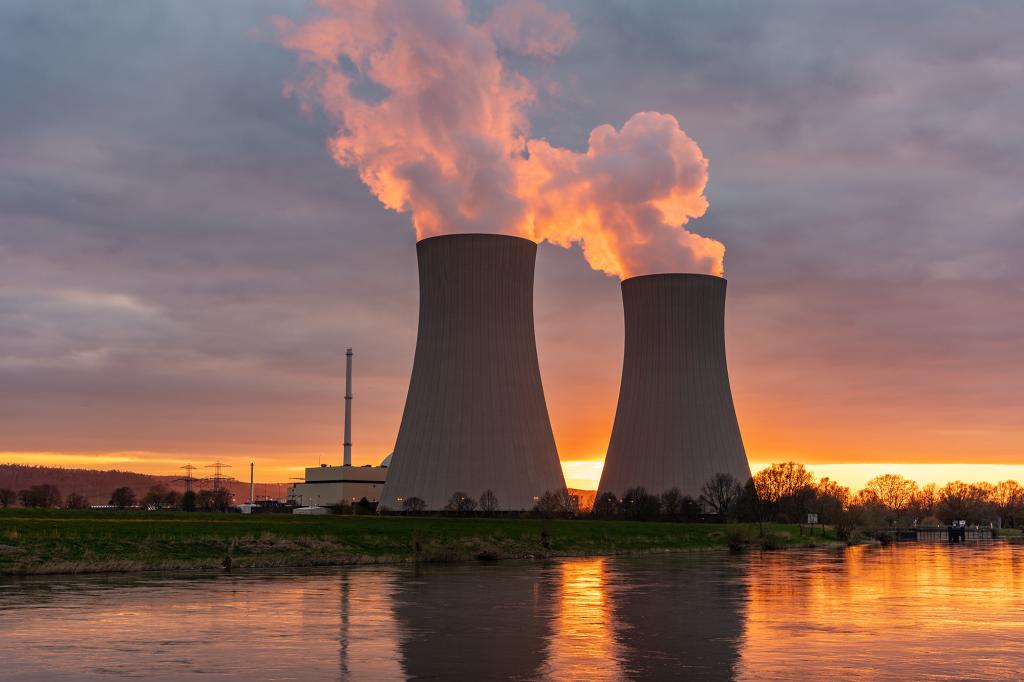Professor wants to safeguard nuclear energy so NYC won’t become next ‘lost city of Atlantis’
A SUNY professor believes he discovered a way to make nuclear energy immensely safer and could prevent Manhattan from becoming the “next lost city of Atlantis.”
Matthew Szydagis, 41, has spent the last two years toiling in a laboratory deep beneath the University of Albany campus, blasting bits of lithium with ion beams to test the nature of its fission reactions.
The physics professor discovered that lithium, commonly used in cellphone batteries used in phones, cars, and other technologies, only becomes fissionable when hit by the ions — and stabilizes when the beams stop.
“The concept is to have fission that you can turn on and turn off,” Szydagis told The Post. “That’s what really creates the incredible safety factor and makes it completely different from standard nuclear power.”
He continued: “You cannot make a dangerous explosion. You cannot make it melt down. Even if you tried it has intrinsic safety.”
Nuclear power plants operate using fission, a chain reaction in which atoms split and release energy. If controlled, fission creates heat that moves water through electricity-generating turbines.
However, the intrinsic risk of uranium fission happens when control is lost, effectively creating a haywire atomic weapon.
“All of our nuclear power plants were created after the Manhattan Project and after the bomb. So the only way we knew how to make nuclear energy was to take the same technology and same ideas from bombs,” Szydagis said, explaining that uranium has remained the standard fuel in nuclear plants throughout their history.
“With my idea, you can’t make it a bomb. You can make it a nice power plant, but you can’t force it to have a runaway chain reaction.”
Szydagis’ model could also potentially negate the dangers of uranium waste created from standard nuclear reactors. Unlike uranium, which can take almost a billion years to no longer be radioactive, fissioned lithium takes “a matter of hours, minutes, worst case days or weeks” to become safe.
Though only tested on small samples so far, if Szydagis’ lithium-based model scales as he expects it would have the potential to replace uranium in reactors across the world — and possibly eliminate the public safety fears that have prevented the clean energy source from powering the entire planet.
“The beauty of nuclear power — any nuclear power, my idea as well as traditional uranium-based plants — is that they can be built with nearly zero carbon footprint and run with nearly zero CO2 output,” he said.
Szydagis believes that a climate change cataclysm has already begun and estimates that New York City will be underwater by 2100 if nothing is done to prevent it. However, if successful, his lithium-based nuclear energy could have an “enormous” impact on keeping future generations safe.
“I’ll put it very bluntly — someone sitting in New York may not end up underwater anymore in 50 years” if his idea succeeds, he explained. “So I would say that’s a pretty big impact: to not have Manhattan become the next lost city of Atlantis.”
The idea is sustainable on multiple levels, too. Lithium fuel could be harvested from the tons and tons of batteries used regularly, while reactors could be retrofitted into existing power plants.
An associate professor at the University of Albany, Szydagis focused on finding dark matter in the cosmos before he stumbled on his lithium fission idea.
Dark matter hunters spend their time creating neutrons to throw at detectors — something the University of Albany’s subterranean particle collider is uniquely equipped for — and during such experimentation with his team Szydagis struck on the lithium idea.
The process remains in its early stages. Szydagis has a patent pending and is looking for funding to expand the size of his experiments, which he will then write up into a paper for peer review and then look at further expansion.
“I’ve got proposals for a couple million dollars already out, but I’ll be happy to take anything,” Szydagis, explaining he is confident that his ideas are sound.
“I’m not claiming any new physics. I’m not saying I’ve got some crackpot zero point energy or some magical thing that doesn’t actually exist — I’m doing bread and butter, nuclear fission that’s been understood for many, many decades.”
If all were to go perfectly, Szydagis estimates his lithium reactors could be up and running within ten years.
“I’m not reinventing the wheel,” he said. “My concept is revolutionary, but at the same time, it’s not too revolutionary. If that makes sense.”



















